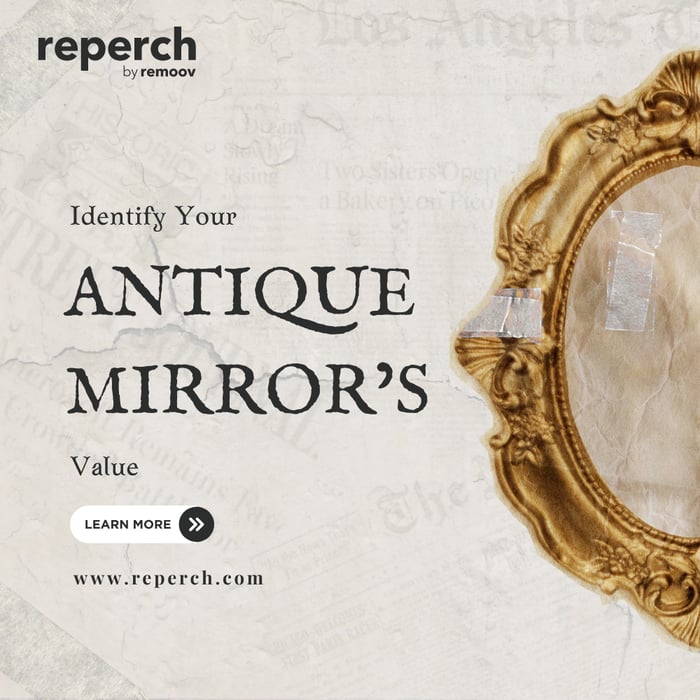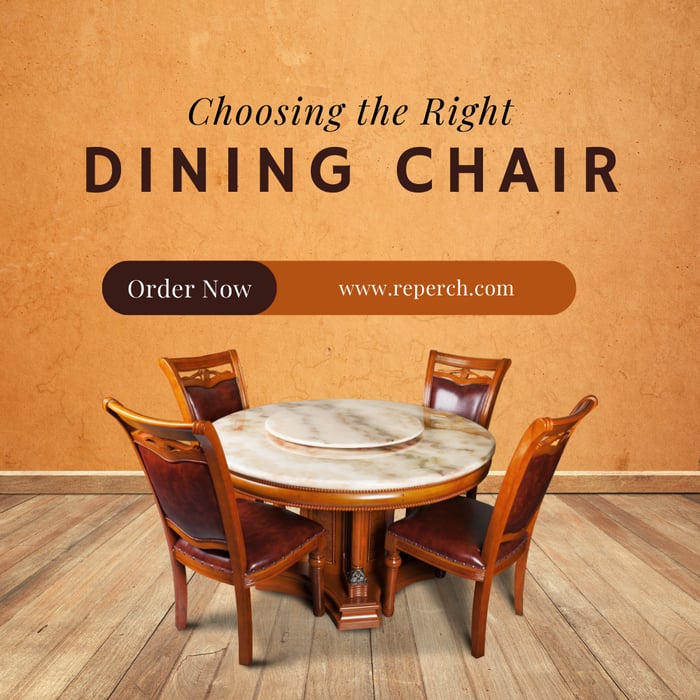Antique lighting is more than just a source of illumination; it adds character, history, and a unique charm to any space. Whether you are a collector, a decorator, or simply someone who appreciates the beauty of vintage items, understanding antique lighting can help you make informed choices. This guide explores the history, types, and practical advice for buying antique lighting fixtures.
Introduction to Antique Lighting
Antique lighting fixtures offer a blend of functionality and artistry, making them a sought-after addition to any interior. These pieces often feature intricate designs, high-quality materials, and exceptional craftsmanship, reflecting the styles and trends of their respective eras.
The History of Antique Lighting
The history of antique lighting dates back centuries, with significant developments occurring from the 17th to the early 20th centuries. Prior to the emergence of electricity, lighting fixtures like chandeliers, sconces, and lamps were primarily used to accommodate candles or oil lamps. Before the widespread adoption of electric lighting in the early 20th century, the introduction of gas lighting in the 19th century brought about a significant transformation.
Key Historical Periods:
17th Century: Early chandeliers and candle holders. 18th Century: Rococo and Georgian styles with ornate designs. 19th Century: Introduction of gas lighting and Victorian styles. Early 20th Century: Art Nouveau and Art Deco styles with electric lighting.
Types of Antique Lighting
Chandeliers
Chandeliers are one of the most iconic forms of antique lighting. They often feature multiple arms and intricate designs, ranging from the opulent crystal chandeliers of the 18th century to the more streamlined Art Deco styles of the 20th century.
Wall Sconces
Wall sconces are versatile fixtures that can provide both ambient and task lighting. Antique sconces come in various styles, including the ornate designs of the Rococo period and the simpler, more functional designs of the Industrial era.
Table Lamps
Antique table lamps are perfect for adding a touch of elegance to any room. They can range from the decorative, gilded designs of the Victorian era to the sleek, modernist designs of the mid-20th century.
Floor Lamps
Floor lamps offer both practical lighting and a decorative element. Antique floor lamps often feature elaborate bases and shades, showcasing the craftsmanship of their time.
Key Characteristics of Antique Lighting
When identifying antique lighting fixtures, there are several key characteristics to look for: Materials: Antique lighting fixtures often use high-quality materials such as brass, bronze, crystal, and glass. Craftsmanship: Look for signs of handcrafting, such as intricate carvings and detailed metalwork. Patina: A natural aging process that gives metal fixtures a distinctive look. Wiring: Original wiring can indicate authenticity but may need updating for safety.
How to Authenticate Antique Lighting
Authenticating antique lighting can be challenging but essential to ensuring you are getting a genuine piece. Here are some tips: Provenance: Check for any documentation or history on the item. Maker’s Marks: Look for stamps or engravings that indicate the manufacturer or designer. Expert Opinion: Consult with an antique lighting expert or appraiser.
Where to Buy Antique Lighting
There are several locations where you can find antique lighting: Antique Stores: Specialized shops that offer a curated selection of vintage and antique lighting. Online Marketplaces: Websites like eBay, Etsy, and Chairish. Auctions: Both live and online auctions can offer unique pieces. Estate Sales: Great for finding hidden gems.
Restoring and Maintaining Antique Lighting
Restoring antique lighting fixtures can bring them back to their original glory. Here are some tips: Cleaning: Use gentle, non-abrasive cleaners to maintain the finish. Rewiring: Consider rewiring old fixtures to ensure they meet modern safety standards. Polishing: Metal parts can often be polished to restore their shine, but be careful not to remove the patina.
Integrating Antique Lighting into Modern Decor
Combining antique lighting with modern decor can create a unique and stylish look. Here are some ideas: Contrast: Use antique chandeliers in minimalist spaces for a striking contrast. Focal Points: Make an antique lamp the centerpiece of a room. Mix and Match: Combine different styles and periods for an eclectic look.
Conclusion
Antique lighting fixtures are more than just functional items; they are pieces of history that add elegance and character to any space. Understanding their history, types, and how to authenticate and maintain them will allow you to make informed decisions and find the perfect antique lighting to enhance your home.
FAQs
What is the most valuable type of antique lighting?
Chandeliers, especially those made from high-quality materials like crystal or bronze, tend to be the most valuable.
How can I tell if an antique lamp has been rewired?
To ensure proper rewiring, look for modern wiring components and consult with an expert.
Are there any risks in using antique lighting fixtures?
Yes, antique fixtures may have old wiring that is not up to modern safety standards. If necessary, always have them inspected and rewired by a professional.
Where can I find affordable antique lighting?
Estate sales, online marketplaces, and auctions are excellent places to find affordable antique lighting.
Can I use LED bulbs in antique lighting fixtures?
Yes, but make sure the fixture is suitable for LED bulbs and has undergone appropriate rewiring if needed.








